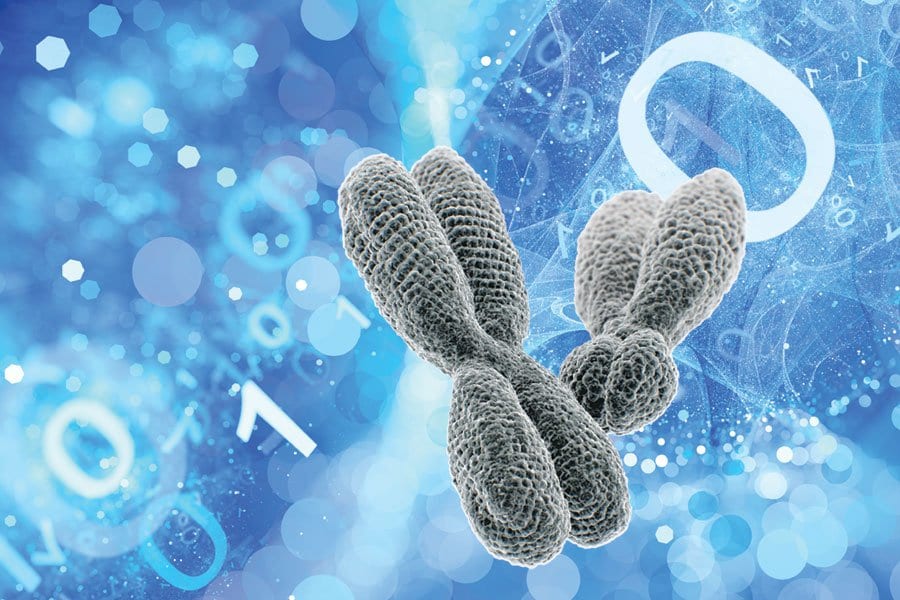Estimated reading time: 4 minutes
By Therese Perlowski, Internet2 CAP Program Manager
When faced with a computational biology student who needed to analyze a data set over 11 terabytes in size, Colby College in Waterville, Maine, realized it had a challenge. The data set required for the student’s research took over 11 hours to process on its current network. With a commitment to providing students access to outstanding research opportunities, Colby found a solution in partnership.
 Image owned by and courtesy of Colby College
Image owned by and courtesy of Colby College
With National Science Foundation (NSF) funding, a research collaboration between Colby, the University of Maine System, and the Jackson Laboratory worked with Networkmaine to build a dedicated research network. The new network expands classroom and lab capabilities and supports projects in computational biology, computational physics and astrophysics, computational chemistry, and machine learning. That same data set that took 11 hours to process now takes under 30 minutes. Soon that data will be able to be processed in less than 8 minutes.
The new research network provides 10G network connectivity to all academic buildings at Colby and creates a secure, dedicated 10G research network connecting the Advanced Computing Group resources at the University of Maine to the large genomic databases at the Jackson Laboratory. This new technical capacity allows faculty access to state-of-the-art computing and data facilities and enables researchers to obtain fast access to gigabyte and terabyte scale data sets. Using this infrastructure, researchers are able to execute analyses and simulations that simply were not possible before.
The NSF funding also allowed Colby to build computationally intensive classrooms and visualization spaces. Randy Downer, High Performance Computing Application Manager at Colby, illustrates this by describing some of the computational biology applications in organic chemistry. Students now are able to create visualizations of protein folding, something that happens in milliseconds.
They also can build a molecule atom by atom, practice their calculations, and test the molecule to see if they’ve formed it correctly. Where before students might create models with balls and sticks, they now have the ability to manipulate and visualize abstract ideas in real time, taking learning and comprehension to the next level. Students also can manipulate in real-time phylogenetic trees (which describe the relationship of species). When students can write and execute the calculations that generate the trees they get a much deeper understanding of the concept – more than they ever could by reading or analyzing a diagram in a textbook.
Beyond the technological advances and impacts though, both Downer and Jeff Letourneau, Executive Director at Networkmaine, agreed that the biggest win of the grant was the relationships that were built in the process and the future collaboration that it inspired. “The most important thing about this grant is the community that we’ve built,” Downer emphasized. “It’s all about the people, not just about the tech. The community built between Jackson, the University of Maine, and Colby and connection to campus champions has been huge and the relationships we have developed between the institutions are still massively paying benefits.”
As a result of the strong relationships that now exist, several opportunities for new collaborations have surfaced. Colby and the University of Maine System now are co-locating each other’s infrastructure, making the network more resilient. “Because of our connection to Networkmaine, I was able to connect Bigelow Labs personally and now they’re connected to the Maine Research and Education Network,” Downer shared. “We have dramatically improved connection between the two institutions.”
Moving forward, the new research network not only creates the technical capacity for future innovation in research and instruction at Colby, it opens the door for future collaborations across the state. “It’s our hope that this thing that we built between us gets picked up by other institutions in Maine,” Downer said. “Hopefully we’ve laid the groundwork and done enough of the basic tubes and wires kinds of stuff that they can join up with us really easily.”
Network Statistics
- On the web: http://networkmaine.net
- Twitter: @networkmaine
- Community Anchor Program Member since: 2004
- Ownership: University of Maine System
- Affiliates:
- 14 universities and community colleges
- 4 non-profit research institutions
- 669 K-12 schools
- 236 libraries
- 1 public media station
- 6 state and local governments
Related articles and blogs: